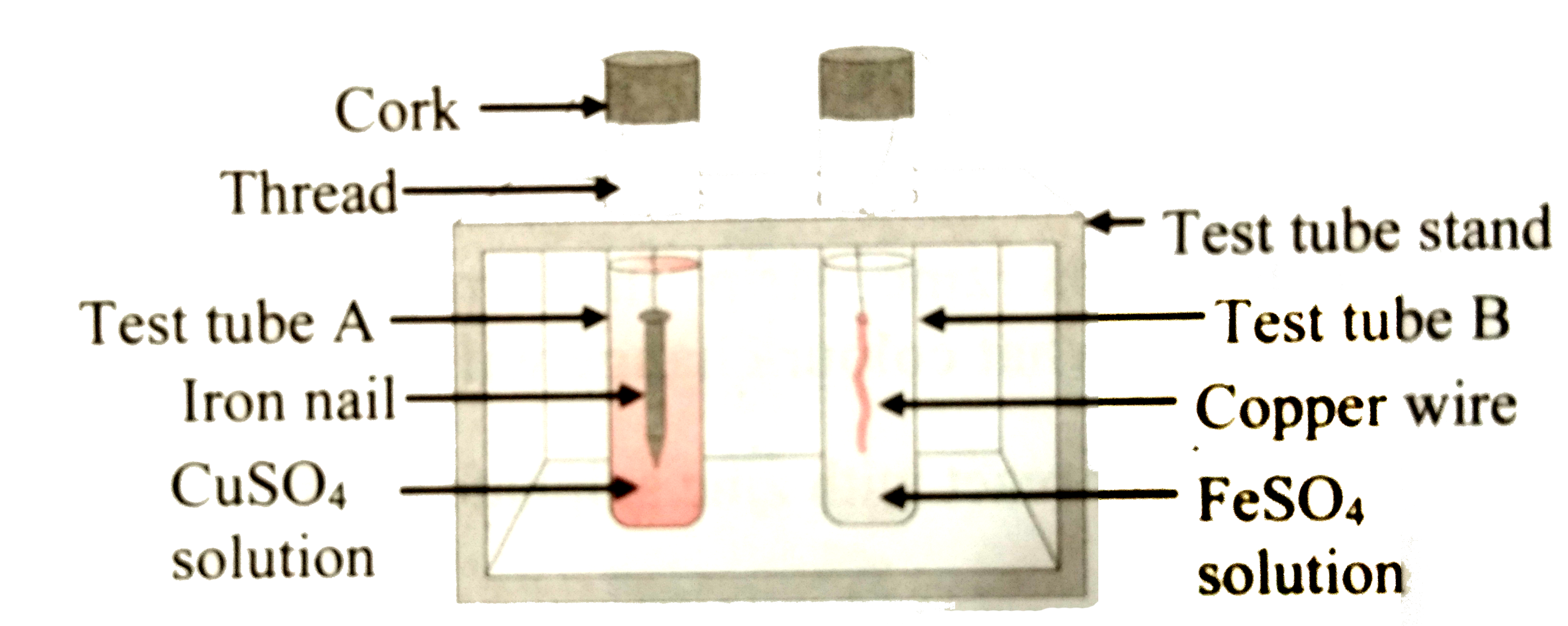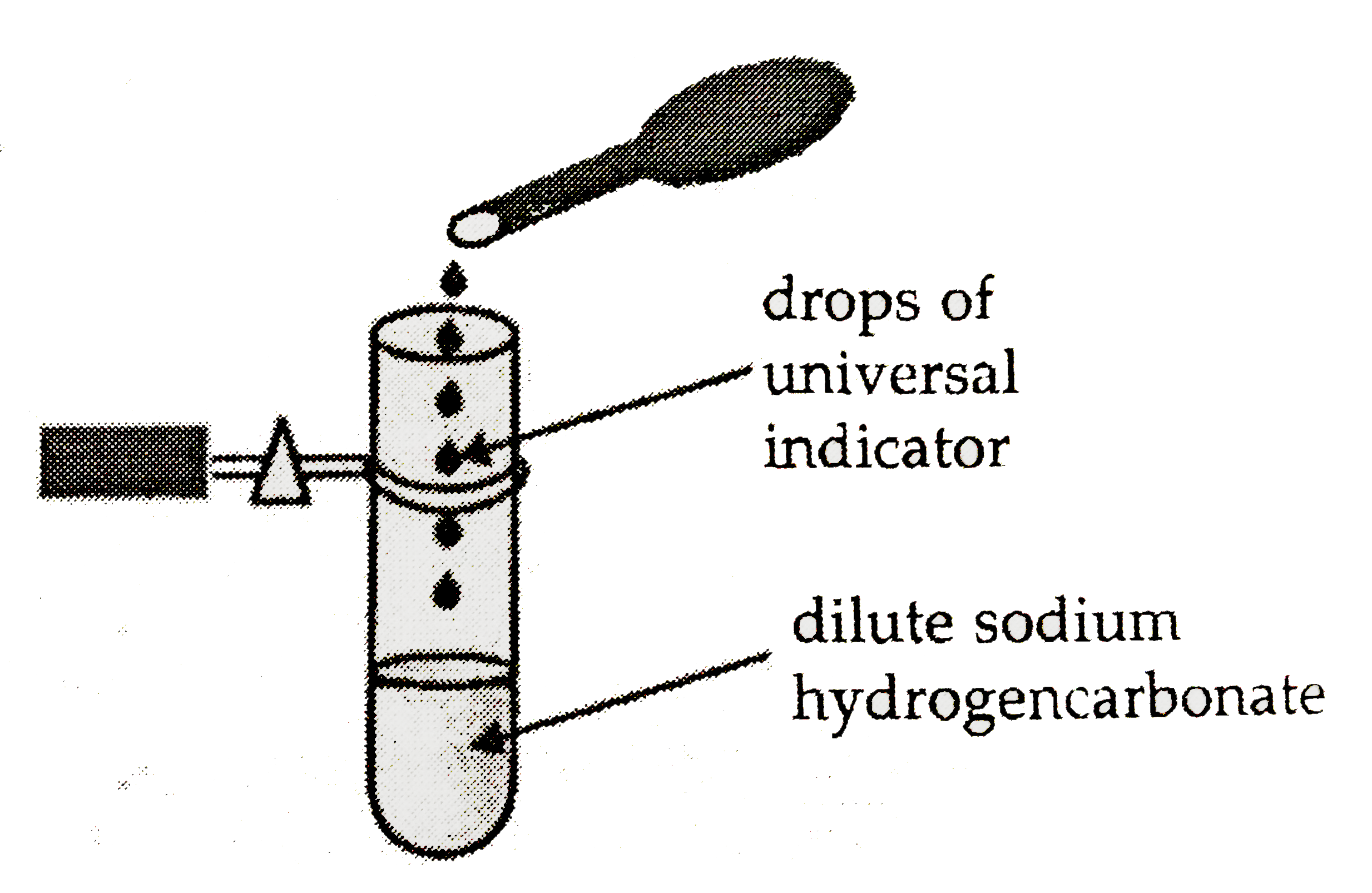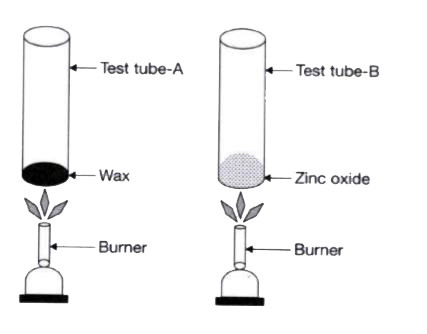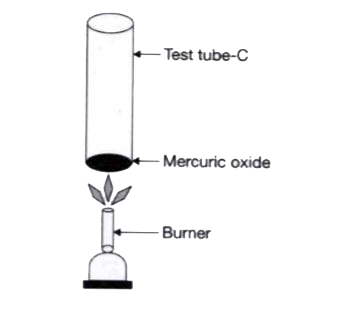Boojho took some grains of boiled rice in test tube 'A' and Paheli took boiled and chewed rice in test tube 'B'. Both of them poured 1-2 drops of iodine solution into the test tube and observed the colour change. What colour change would they have observed? Give reasons for your answer.
Step-by-Step Solution:
1. Understanding the Experiment Setup:
- Boojho took boiled rice grains in test tube A.
- Paheli took boiled and chewed rice in test tube B.
- Both added iodine solution to their respective test tubes.
2. Effect of Iodine on Starch:
- Iodine solution is known to react with starch, producing a blue-black color.
- Boiled rice contains starch, which is a complex carbohydrate.
3. Observations in Test Tube A:
- In test tube A, the boiled rice grains contain starch.
- When iodine solution is added, it reacts with the starch present in the rice.
- Therefore, Boojho would observe a blue-black color change in test tube A.
4. Observations in Test Tube B:
- In test tube B, the rice has been chewed and mixed with saliva.
- Saliva contains enzymes that break down starch into simpler sugars.
- When iodine solution is added to the chewed rice, there is little to no starch left for the iodine to react with.
- As a result, Paheli would not observe any blue color change in test tube B.
5. Conclusion:
- Boojho observed a blue-black color in test tube A due to the presence of starch.
- Paheli observed no color change in test tube B because the starch was broken down into sugar by saliva, and sugar does not react with iodine to produce a blue color.
---
- Boojho took boiled rice grains in test tube A.
- Paheli took boiled and chewed rice in test tube B.
- Both added iodine solution to their respective test tubes.
- Iodine solution is known to react with starch, producing a blue-black color.
- Boiled rice contains starch, which is a complex carbohydrate.
- In test tube A, the boiled rice grains contain starch.
- When iodine solution is added, it reacts with the starch present in the rice.
- Therefore, Boojho would observe a blue-black color change in test tube A.
- In test tube B, the rice has been chewed and mixed with saliva.
- Saliva contains enzymes that break down starch into simpler sugars.
- When iodine solution is added to the chewed rice, there is little to no starch left for the iodine to react with.
- As a result, Paheli would not observe any blue color change in test tube B.
- Boojho observed a blue-black color in test tube A due to the presence of starch.
- Paheli observed no color change in test tube B because the starch was broken down into sugar by saliva, and sugar does not react with iodine to produce a blue color.
Topper's Solved these Questions
- BOOK - NCERT EXEMPLARCHAPTER - NUTRITION IN ANIMALSEXERCISE - Long answer questions4videos
NUTRITION IN ANIMALS
- BOOK - NCERT EXEMPLARCHAPTER - NUTRITION IN ANIMALSEXERCISE - Very short answer questions6videos
NUTRITION IN ANIMALS
- BOOK - NCERT EXEMPLARCHAPTER - FORESTS : OUR LIFELINEEXERCISE - LONG ANSWER QUESTIONS10videos
FORESTS : OUR LIFELINE
- BOOK - NCERT EXEMPLARCHAPTER - NUTRITION IN PLANTSEXERCISE - Long answer questions4videos
NUTRITION IN PLANTS
Similar Questions
A group of students carried out electrolysis of acidified water in the laboratory. By the end of the experiment two gases were collected in the test tubes at both the electrodes.
The gas collected in one test tube is double the volume of gas collected in the other. Name this gas. Give reason for your answer.View SolutionStudy the following experimental set-up and answer the following questions.

What changes will you observe in test tube A?View Solution
Knowledge Check
- Question 1 - Select One
An iron nail is dipped in the solution of copper sulphate for about 30 minture, state the change in colour observed. Give the reason for the change.
Azinc sulphateBcopper sulphateCiron sulphateDaluminium sulphate. - Question 2 - Select One
A student adds a few drops of the universal indicator solution to a dilute solution of sodium hydroencarbnonate taken in a test tube. Which of the following colour would he observe?
 AblueBgreenCmustardDyellow
AblueBgreenCmustardDyellow - Question 3 - Select One
Priyanka introduced an iron nail in a test-tube containing freshly prepared copper sulphate solution. What would she observe?
AThe blue colour of the solution changed to greenBThe green colour of the solution changed to blue.CThe solution becomes colourlessDThe colour of the solution did not change
Blue litmus solution is added to two test tubes A and B containing dilute HCl and NaOH
solution respectively. In which test tube a colour change will be observed? State the
colour change and give its reason.View SolutionFour test tubes were taken and marked A, B, C and D respectively. 2 mL of solution of Al2(SO)3 in water was filled in each of the four test-tubes. Clean piece of metal zinc was placed in test tube A, clean iron nail was put in test tube B, clean copper wire was placed in test tube C and a clean aluminium wire was placed in test tube D. What colour change would you observe in all the four tubes ?
View Solution


Analyse the above diagrams and answer the following questions.
Does the composition change in all the test tubes? Give reasons.View SolutionBoojho , Paheli and their firend Golu were provided with a test tube each containing China rose solution which was pink in colour .Boojho added two drops of solution 'A' in his test tube and got dark pink colour .Paheli added 2 drops of solution 'B' to her test tube and got green colour.Golu added 2 drops of solution 'C' but could not get any change in colour Suggest the possible cause for the variation in their results.
View SolutionA student takes some zinc granules in a test tube and adds dilute hydrochloric acid to it . He would observe that the colour of the zinc granules changes to
View Solution

